Ranch fences are best for any farm or homestead needs, such as animal safety, property boundaries, crop protection, and security.
Whether you want to raise livestock, prevent predators, or only want a rustic look, these ranch fences are equally promising.
So, I’m sharing ten practical, durable, and creative ranch fence ideas that suit various homestead needs.
1. Split Rail Fence
This is a traditional wooden fence with horizontal rails between upright posts.
Known for its simplistic yet elegant design, the split rail fence is best for farming or decorative fencing. It helps frame outdoor spaces in the rural landscapes and farmsteads.
With their wide open space between the rails or lack of pickets and panels, they provide an open and inviting boundary for properties.
So, visitors and passersby can enjoy green, lush meadows and animals grazing in expansive fields and pastures.
Though made of timber logs, these fences are durable and long-lasting. The rugged or weathered wood also improves rustic charm over time.
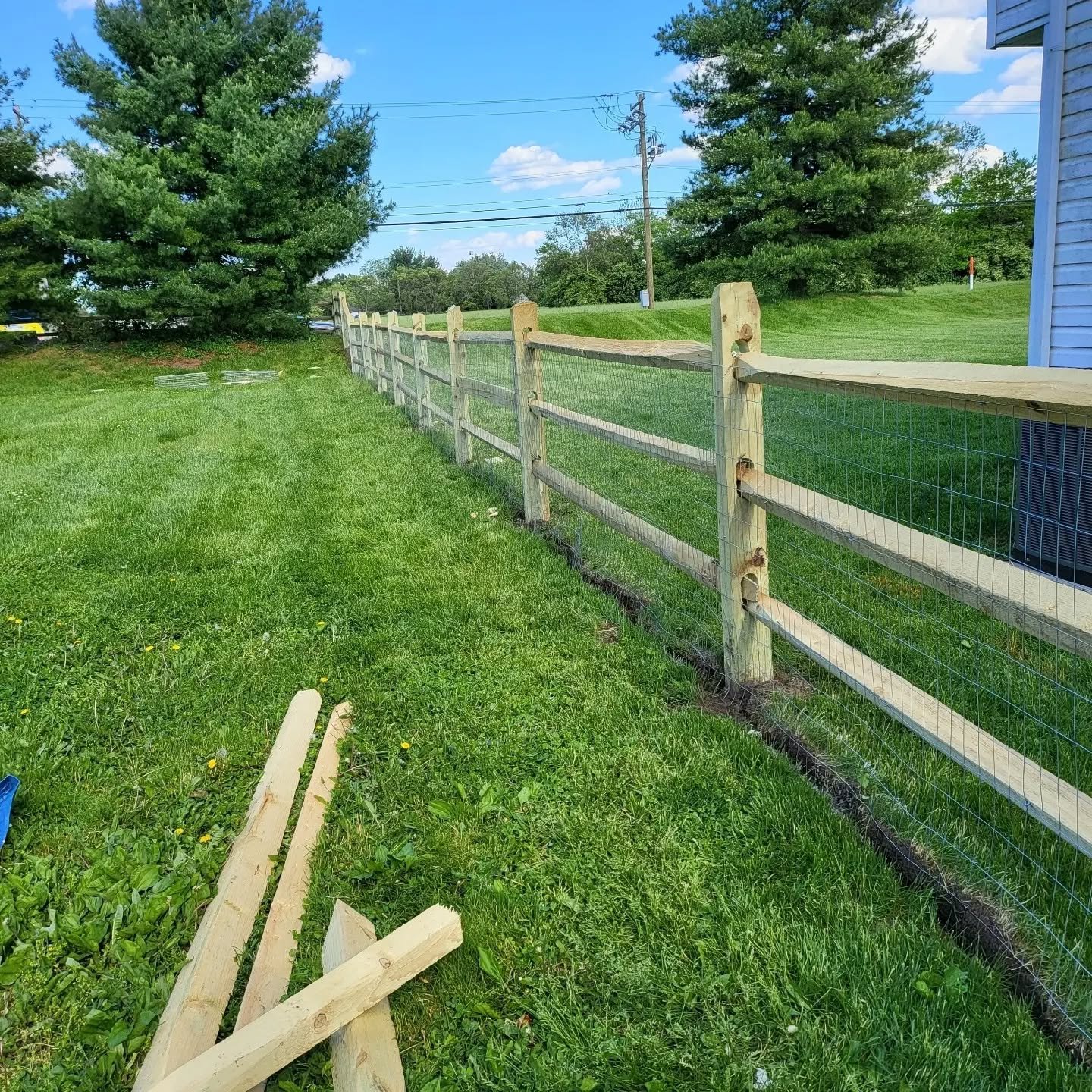
With time, the design of split rail fences has also evolved with other materials.
Metal and cedar split rail fence, metal split rail fence posts, and split rail fence with black chain link are some examples of modern design.
The traditional split rail fence is easy to build with few resources, even on hard or rocky ground where digging is difficult.
You can construct it without using nails and other hardware pieces. You only need to peck lock holes in the poles and make trails with an extended log to fit in the lock.
So, it is easy to disassemble when the fence has to be moved or the woods are more useful for other purposes.
Also, you can reassemble and rebuild the fences if the property or land is expanded.
- Ideal for marking boundaries and light animal containment
- Best for horses, large gardens, or aesthetic appeal
- Pros: Easy Installation, provides rustic charm, low cost
- Cons: Low security, small animals or intruders can trespass easily
2. Woven Wire Fence with Wooden Posts
Woven wire fences are often built for several security purposes, from property boundaries to containing livestock.
They also give customizable and practical options to fulfill farm or ranch-specific needs.
The fences feature woven wire to attach to wooden posts. Unlike metals, these wooden posts make it easy to install and dismantle when needed.
Specially designed for livestock protection from predators, the woven wires also restrict them from escaping the boundary.
They withstand the force of leaning or rubbing against animals.
So, woven wire fences are perfect for goats, sheep, or mixed livestock. These animals poke holes, climb, chew, and push over anything to escape the enclosure.
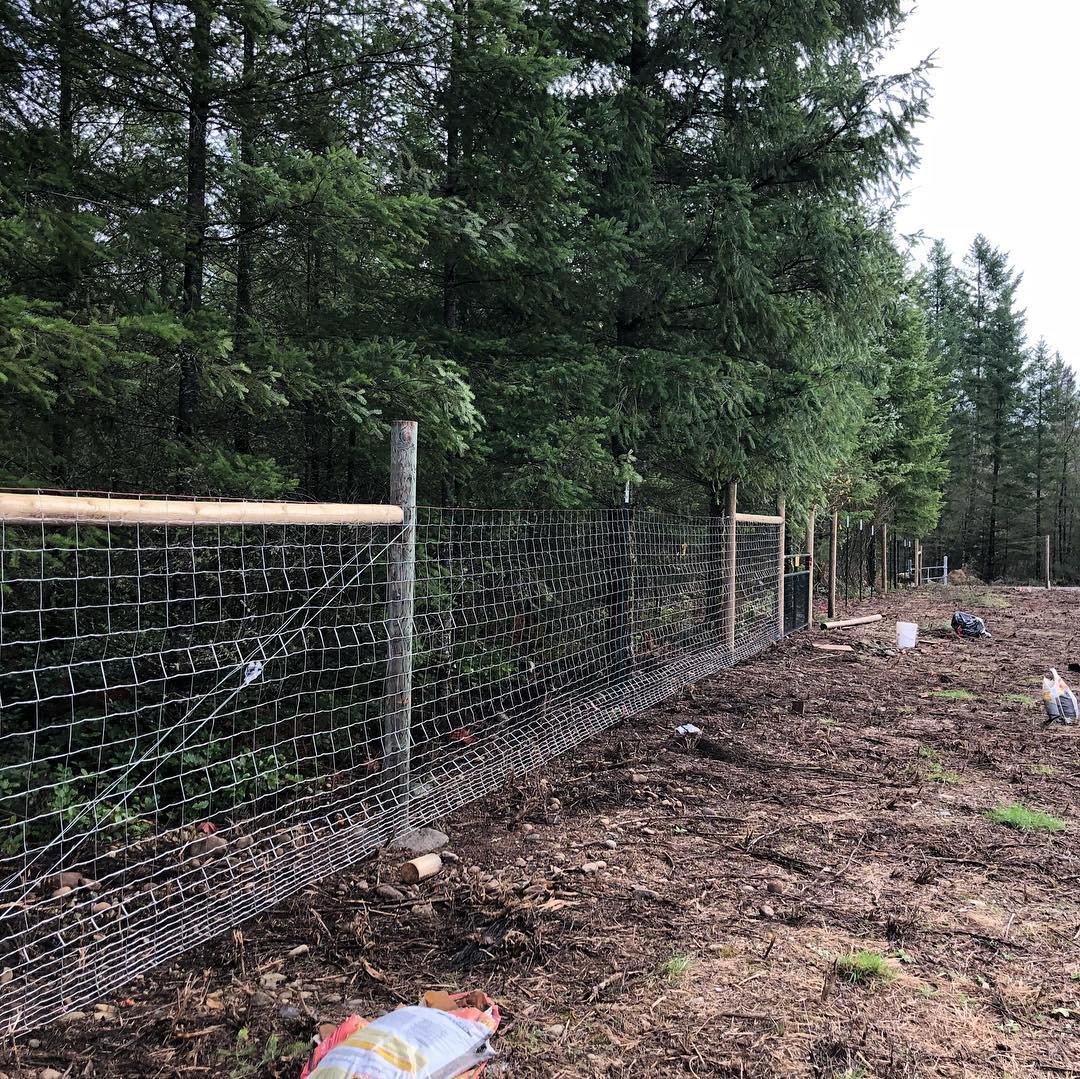
If they can put their head out of the barrier, their whole body also comes out.
That’s why these fenses have square deal knots, which keep a firm hold. Don’t worry, the square spaces are small and animals cannot insert their heads.
The fences have a galvanized coating to prevent rust and corrosion and ensure a long lifespan. They hold a reputation for good durability and versatility.
As poles are wooden, you may need to change them over time. But if you can use pressure-treated wooden posts, they can last longer.
You can build this type of barrier in flat terrains and hilly regions.
Besides, it also supports electrification for added protection.
3. Electric Fencing (Solar or Wired)
An electric fence is a barrier that deters animals and humans from crossing the boundary using electric shocks.
They are great for agricultural purposes and controlling wild animals.
Electrified, high-tensile wires support rotational grazing systems, help divide paddocks, and feed livestock during drought.
This fence system is also cost-effective and easy to move with installation and a portal fencing option.
Owners can take it down and rebuild it quickly. If there is a pasture shortage, you can transfer your fences somewhere else for additional grazing options.
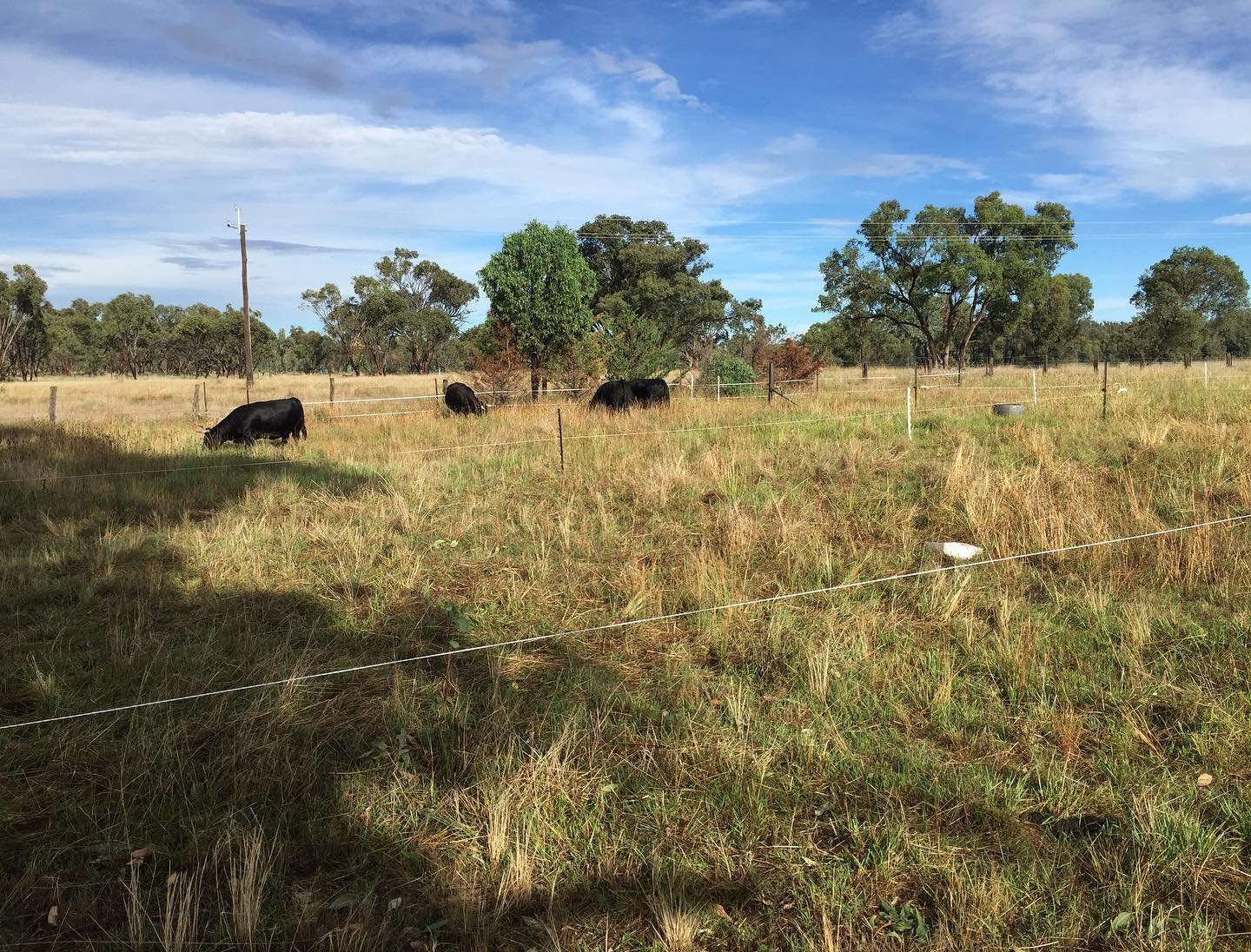
It will also save your field or garden crops from wild animals. In my location, deer often destroy annual produce.
For this, you may need a reel with wire with at least 6 wires in the tape to carry enough power and the posts.
To avoid this, you can train your farm animals. I tell you, electric fences are mental, not physical barriers for all cattle and pasturing periods.
When trained properly, electric fences work exactly as they are designed.
Once cattle touch the fence, they will not come near it.
You can use this fence for all seasons of grazing or pasture confinement, including spring, summer, fall, and winter.
In extreme rural areas, people have no access to electricity, so they need to invest in solar panels, making solar powered electric fence.
4. Barbed Wire Fence
This is also one of the popular ranch-style fences, which has wire strands with sharp edges. The wires have points arranged at intervals that help contain livestock and deter intruders.
They contain 2 longitudinal wires twisted together to form a cable.
These wire barbs spiral one or two of the cables at a regular distance. They can be single, double, flat, round, or half-round.
A barbed wire fence is a classic and inexpensive choice for large ranches.
It will make you feel cheaper than a wooden or stone fence or other fences. Also, you can easily construct it with wires stuck in the poles with nails.
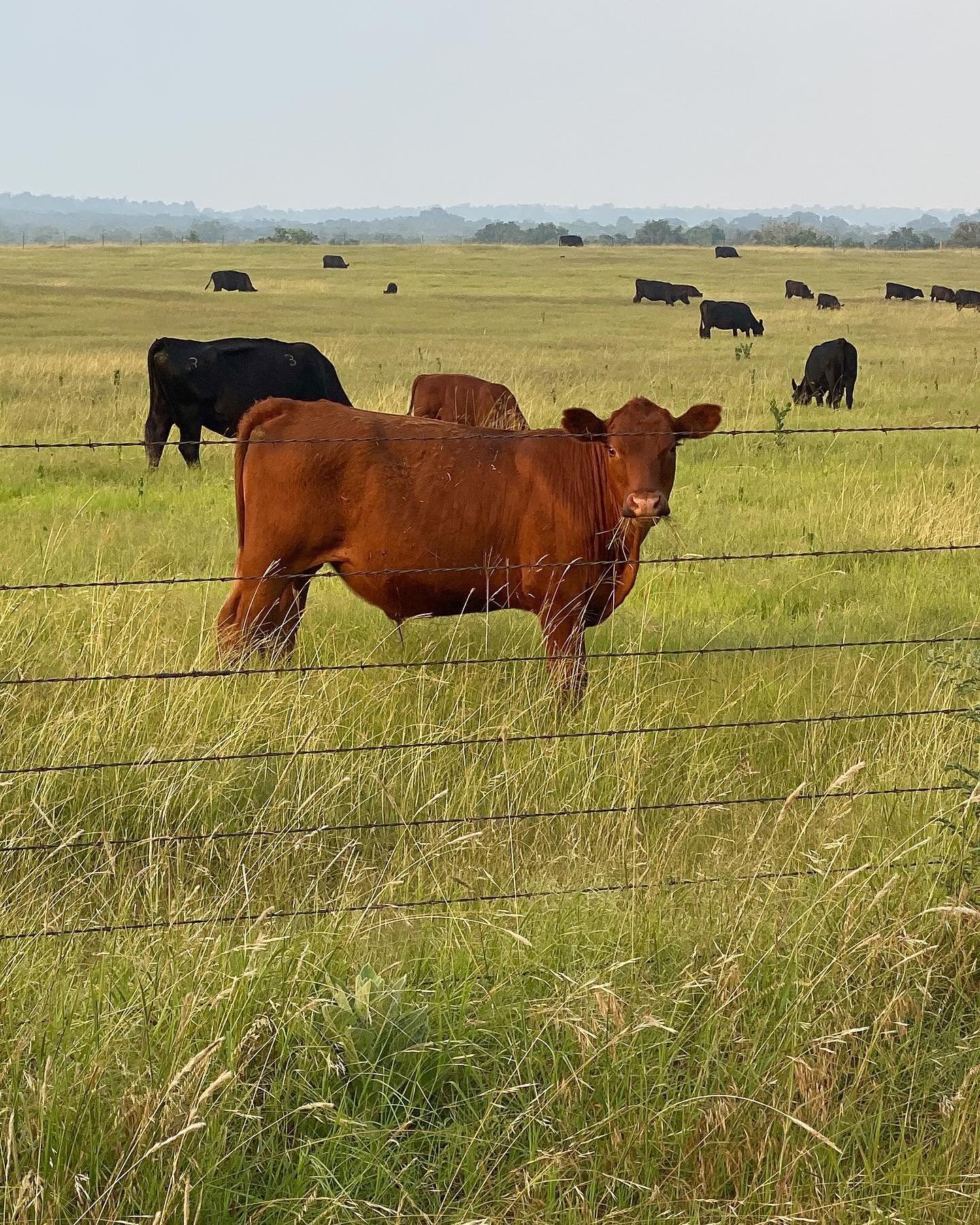
Both wooden and metal posts support the strands.
The fence is best for cattle or larger livestock. Whenever they try to jump over the fence or climb it, they find the strands pierced.
Besides, the fence can provide scenic views of the farm, garden, and pasture field.
However, it can also make cuts on the skin and injure animals.
So, there are legal restrictions in some areas. Make sure you don’t have before installing a barbed wire fence.
However, it won’t be effective for smaller livestock like sheep and goats.
If the farm needs more security, you can install more wires to the fence, reducing the gap. Also, you can increase the height of the fence and add ring wires on the top.
To make the system stronger, owners can make a wider braid of the wires to increase the intensity.
5. High-Tensile Wire Fence
Like a barbed wire fence, a high-tensile wire fence is also perfect for holding large animals like cattle.
It is constructed to keep livestock in and resist sagging and breaking.
While a barbed wire fence uses pointed cables to deter animals from pushing against it, high tensile wires can be built with barbed or smooth wires.
The smooth wires are safe for cattle without hair on their body, including horses.
You can say it as a series of wires stretched between posts, which can withstand heavy pressure, hence the name.
The fence is very supportive for any setting for large livestock and large land areas. The owners can monitor their livestock from outside wooden posts and thin wires.
It can provide the perfect fence to see natural pasture and farm animals from afar.
In your absence, your cattle will remain safe and without injury and enjoy the pasture.
I can tell, this is also durable and cost-effective. Owners only need to make occasional tension adjustments to make sure that wires don’t expand or shrink due to temperature fluctuations.
If your habitat includes many predators or wild animals such as foxes, wolves, bears, or more, you can electrify a high-tensile fence.
Besides, an in-line fence including a high-tensile facility can also work for you!
6. Pallet Fencing (DIY Option)
I’m always excited about DIY projects at the homestead, and repurposing piles of old pallets is one of my favorites.
Don’t let your antique pallets rot, and dispose of them behind warehouses.
You can turn these wasted pieces of wood into a functional fence.
As pallets are prebuilt in a sturdy square or rectangular shape, they already look like fence panels ready to install in the property.
So, a pallet fence is a budget-friendly and upcycled option.
You need to attach them together and anchor them into the ground. For this, you will only require a few resources, including wooden or metal posts and some nails.
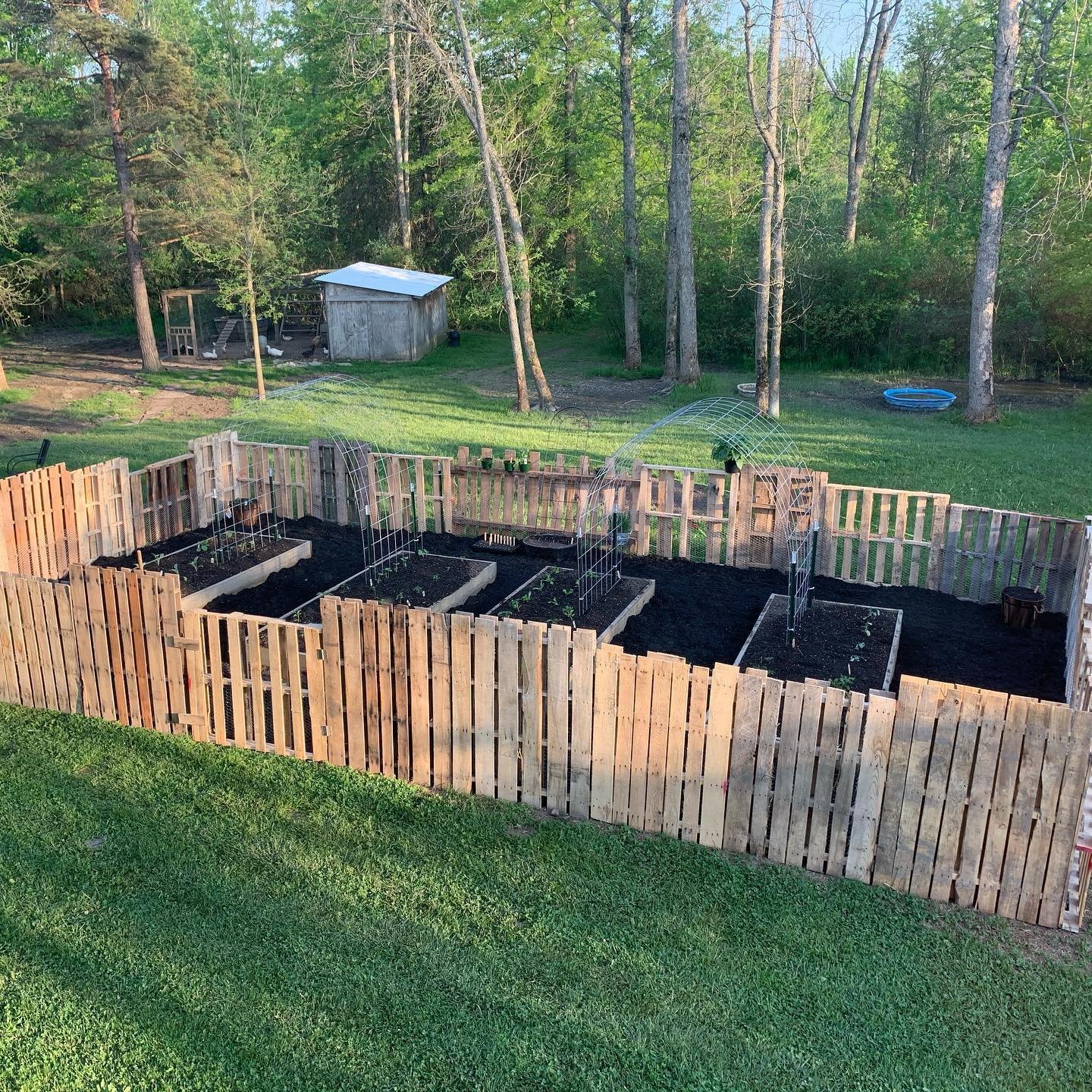
It’s very easy to install with nails, or you can also use zip ties.
Depending on the size of pallets and available space, pallet fences are great for gardens, pigs, or small enclosures.
What I love about this fence is that it is creative and eco-friendly for small homesteads.
Boho-style pallet fence, english country Pallet fence, extra tall garden fence, and wood pallet herb garden are only a few pallet fencing ideas.
If you paint or decorate the fence, it provides more than a rustic look. You can create a whitewashed, multicolored or rainbow pallet fence.
7. No-Climb Horse Fence
If you’re in the business of raising horses on a farm, a no-climb horse fence is a must.
Horses have a natural instinct to run and escape if they sense potential danger. This can injure horses more seriously than other farm animals.
So, they need a strong barrier or enclosure to stop them from roaming without harming them.
The fence should withstand the effect that a horse can cause when thrusting against and running into it. Horses are jumping or climbing experts, so the fence should also be tall enough.
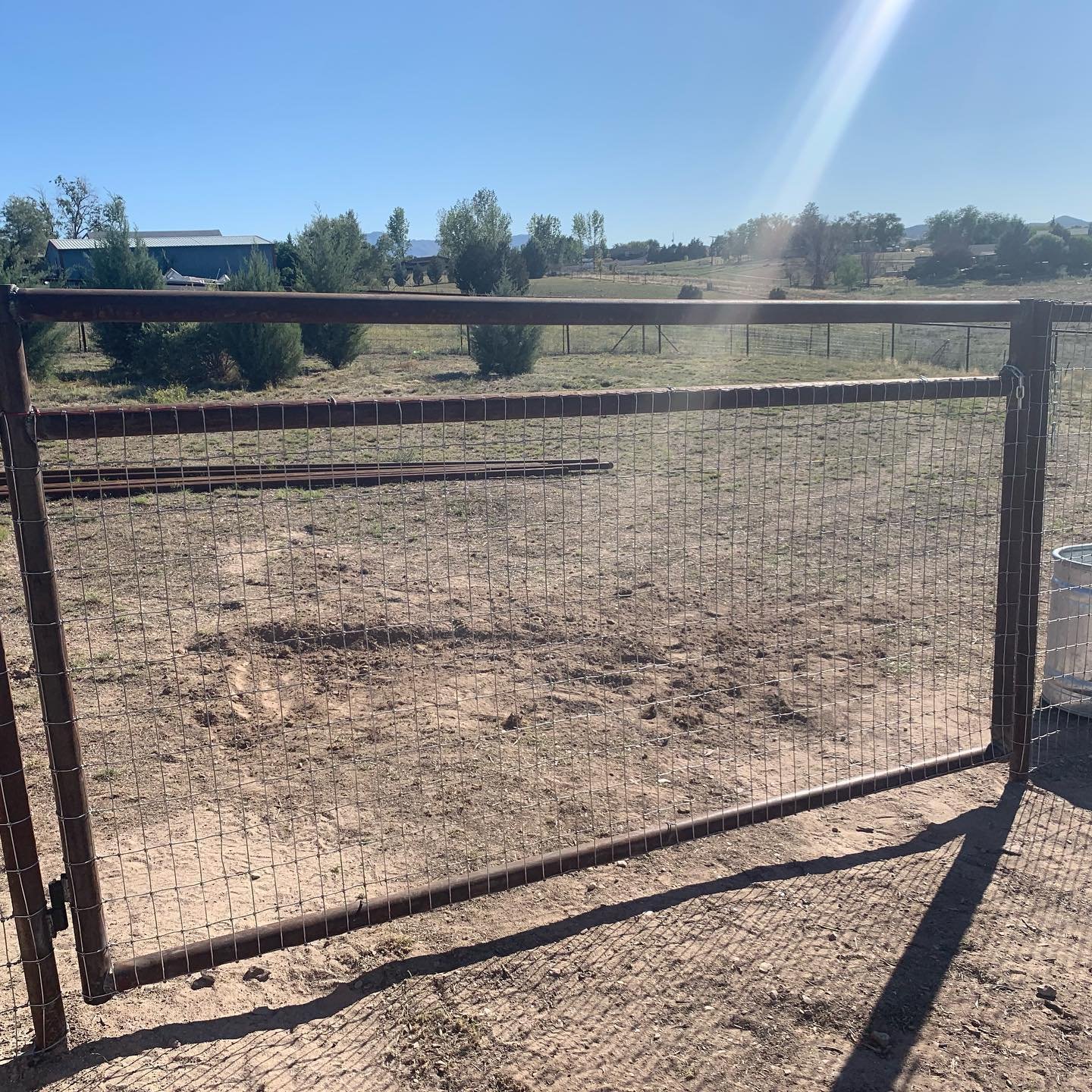
Many no-climb horse fences use wire mesh, which is smooth to the touch. The wire mesh is woven in a V shape or triangular pattern. These V or triangular pattern stops horses from walking down and climbing through.
These patterns have little space with a closely knitted (2 X 4 inches opening) that horse’s hoof can not get in and your animals remain safe.
No climb is perfect for animals that can get caught in other fencing types.
It is safe, strong, and visually appealing. You can combine with the top rail for added stability.
8. Living Fences (Hedgerows or Natural Barriers)
A living fence is also known as a hedgerow, which works as a permanent hedge. It is tight and tough enough to function like any of the manufactured fences.
This fence can offer privacy, security, livestock control, protection of crops and also supports biological and agricultural projects.
Edge habitat is one of the best examples of living fencing, which contributes to biodiversity on the homestead and houses insects, spiders, snakes, toads, birds, and mammals.
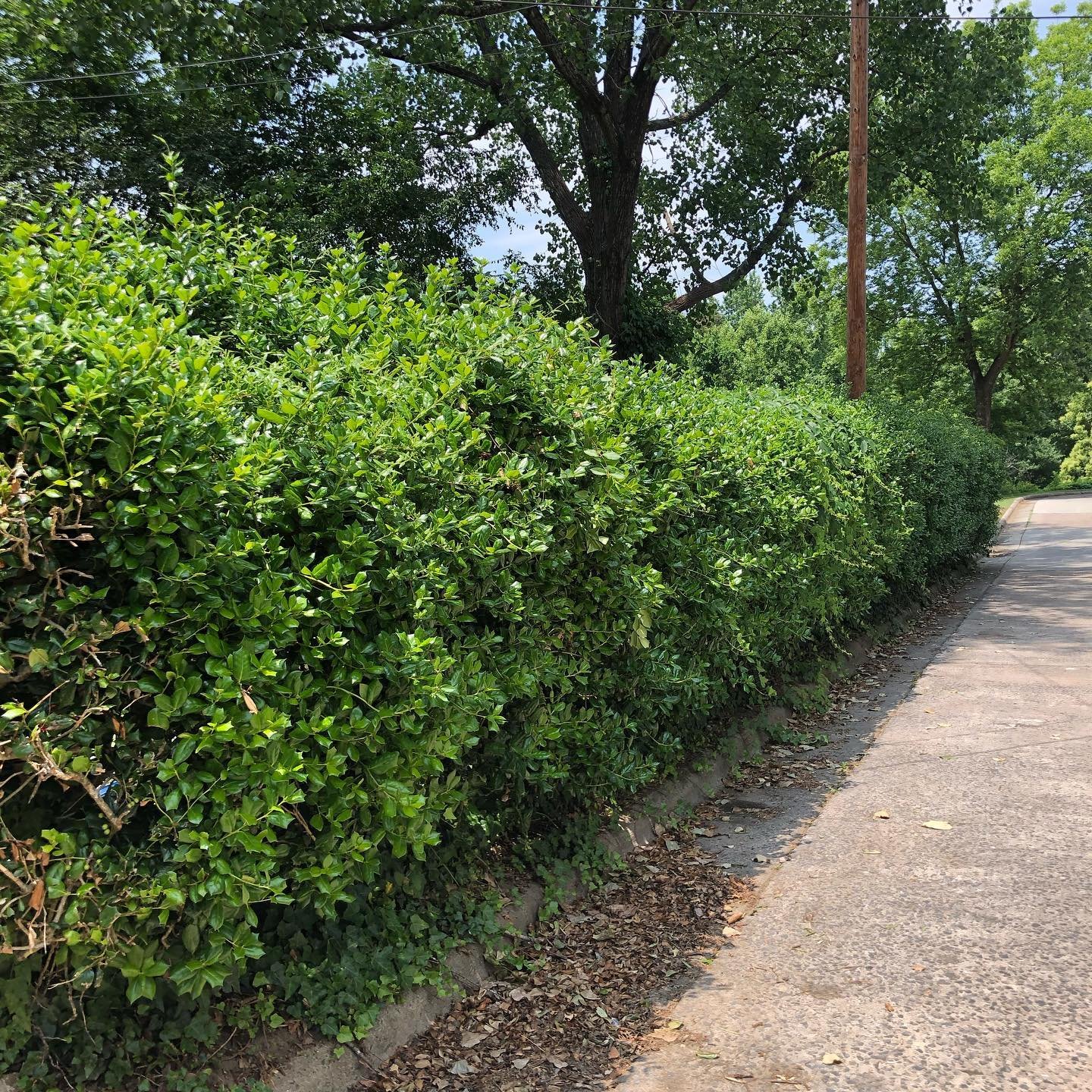
Without using manufactured materials, you need to plant dense shrubs, trees, or hedges near the boundary.
I suggest you use elm, oaks, olive, peach, beech, hornbeam, dogwood, almond, hazel (filbert), crab apple, willows, sycamore, grape, and wisteria.
Besides, you can grow apple, pear, hawthorn, and linden as trees with pliable branches.
Living fences are an eco-friendly fencing and aesthetic solution that requires patience and regular maintenance. The shrubs and trees take time to grow.
You need to water, feed them fertilizer, and timely prune them to make a healthy and tidy looking living fence.
This natural fence can work well for windbreaks and animal barriers over time.
9. Pipe and Cable Fence
A pipe and cable fence is also great for horse keeping.
Similar to a sucker rod fence, it contains pipe posts and a welded (not solid) top rail. These trails are made of strong and high-tensile aircraft cable.
They can range from 1/4 inch to 5/8 inch in size.
As aircraft cable strands are smooth, your horses won’t get injured even if pushed accidentally and welded top rails are tough to resist horses leaning against the fence.
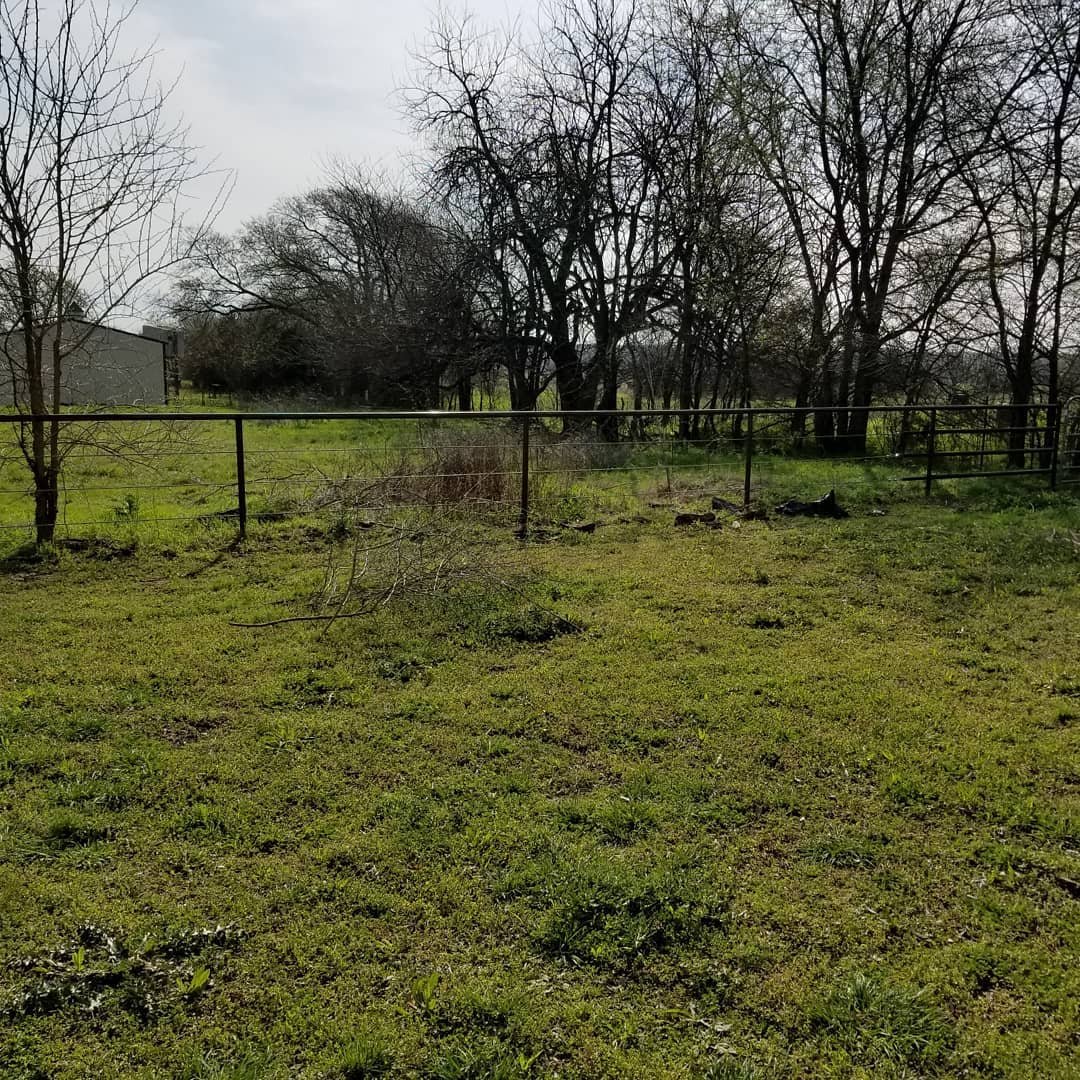
This fence offers safety as well as an attractive look and durability.
It is durable and stylish for horse paddocks or show areas.
To construct, you can use steel pipes and tension cables. It also provides great visibility and requires low maintenance.
Though pipe and cable fences have a high initial investment, they last for decades.
You can consider these fences for high-traffic or visible parts of the ranch.
10. Privacy Fence (Wooden Panels or Vinyl)
As the name suggests, a privacy fence blocks the passage of boundary and view from inside and outside.
These fences can be constructed from several materials, such as concrete, brick, stone, vinyl, wood, and vegetation.
They should be between 4 and 6 feet tall. Remember, they have only a little space between their slats.
But, I have seen some privacy fences with latticework at the top. This allows owners to peek out while standing.
So, privacy fences can be ideal for the farmhouse perimeter or garden areas. They provide privacy, wind protection, security, and noise control.
You can customize the heights and styles depending on the terrain of your land.
If done the right way, privacy fences look great and boost your homestead or farm’s curb appeal.
Final Thoughts
The owners need to decide on fence types based on their lifestyle and property needs.
If you want to mark your boundary with no special security requirements, you can build a simple fence like a split rail.
Also, if you want to make an eco-friendly fence with additional security, you can take living fences with any of the manufactured fences.
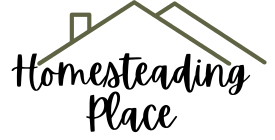


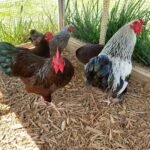
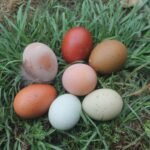


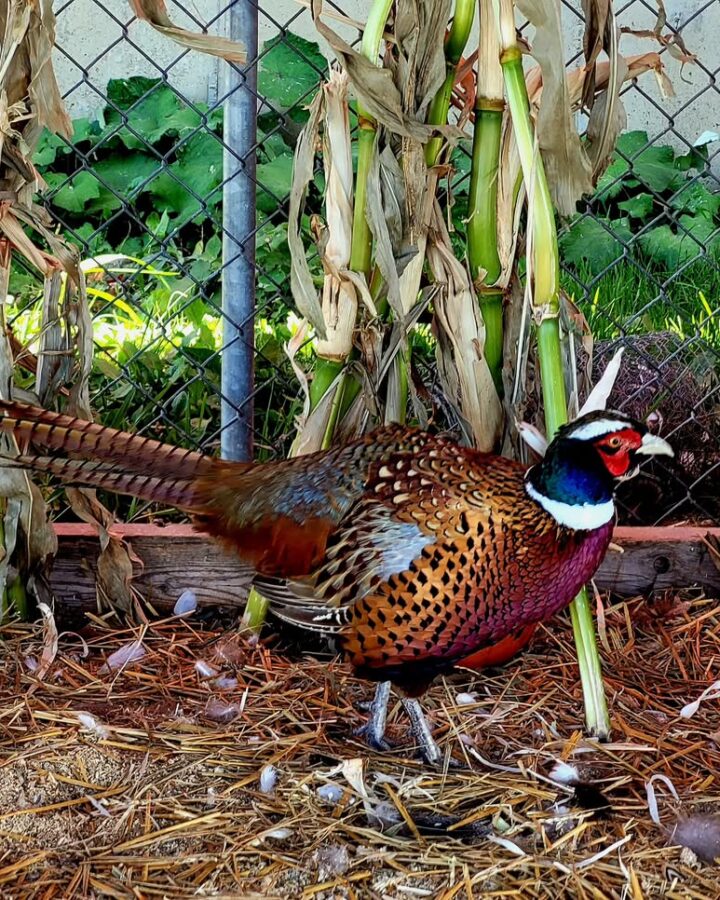

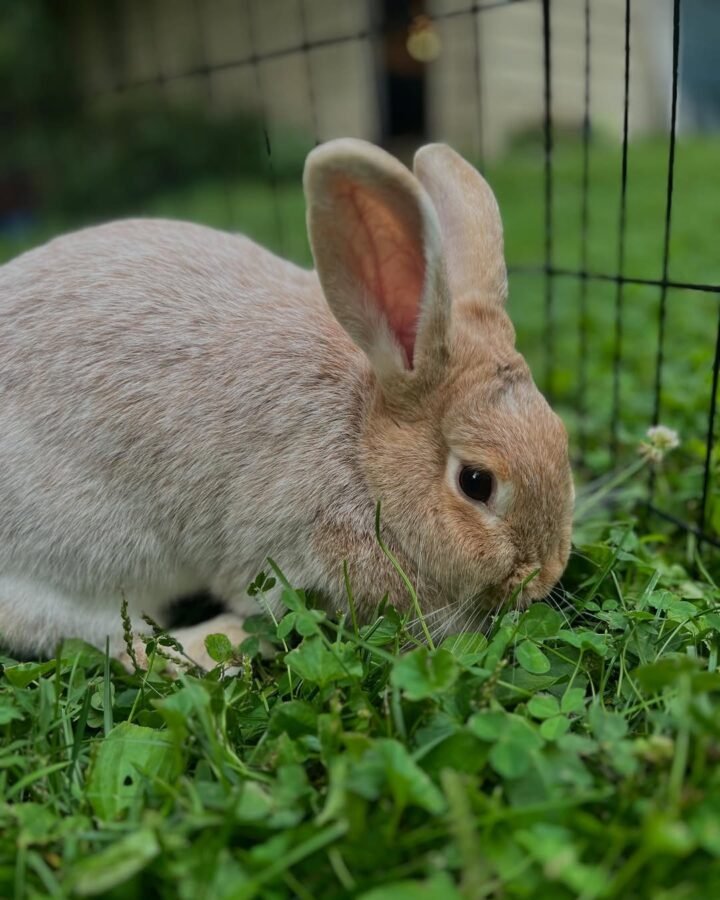
Leave a Reply